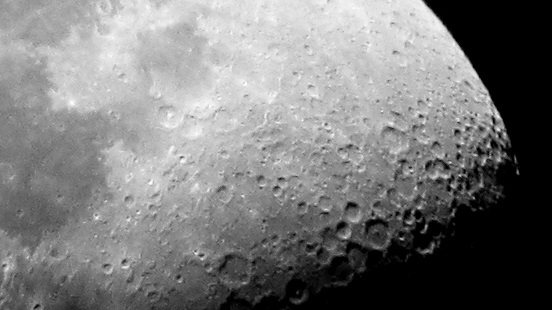A lunar craft belonging to a Japanese company, Ispace, is set to become the first private commercial mission to moon. The M1 lander of Ispace will be launched on Tuesday, November 22 from Florida’s Cape Canaveral.
The lander, among other things, will carry Moon rovers for the United Arab Emirates (UAE) and JAXA, the Japanese Space Agency. This appears to be a joint project and if successful then it would mark the first voyage on to the Moon’s surface of both countries. It is worth recalling at this point that only the United States of America (USA), China and the Soviet Union have successfully landed on the lunar surface till now.
The M1 lander is a part of the Hakuto-R program of Ispace and will be launched on a rocket manufactured by another space company SpaceX, based in the US. The lunar craft will take a winding route to Moon and is scheduled to land towards the end of March 2023 or early April. However, the probable dates may vary depending on the launch date. This implies that Ispace’s mission could be overtaken by others set to be launched in 2023, in terms of landing on the Moon.
Two other landers that are supported by the National Aeronautics and Space Administration (NASA) are set to be launched early next year and will take a more straight route unlike the winding one by Ispace’s project. The first mission by the US firm Intuitive Machines is scheduled to be launched in March 2023 and it may take only six days to reach the Moon.
Lunar missions are increasing as scientists and private players have found a renewed interest in it and the Moon becoming a popular space destination. Experts opine that the entire system will ultimately aim for harvesting lunar water, which, some companies believe can be used in producing rocket fuel which concomitantly will make solar exploration cheaper. “The success of the missions by Ispace and other firms will be a huge and important step to developing the lunar ecosystem,” commented Ryo Ujiie, the the chief technical officer at Ispace, said in a statement. However, it is worth mentioning that success in landing over the Lunar surface is far from assured. The first private mission to the moon – Israel’s Beresheet craft – crashed on its surface in 2019.
Four months into its journey, M1 will begin to use the gravitational pull of the Earth and the Sun in order to head to the moon. The positive aspect of this strategy is that it uses less propellant than those taking a direct route. However, the actual money involved in the mission has not been disclosed by Ispace.
Once the lander reaches the Moon, it will start orbiting in an elliptical trajectory in order to get closer to the surface. Hereafter a fully automated landing will be attempted involving brake and other automated adjustments for a soft landing.
The mission aims to land on the Atlas crater, which, experts opine is the riskiest part of the entire journey. Commenting on it, Hamad Al Marzooqi, the project manager of the Rashid rover of UAE which has been built by the Mohammed Bin Rashid Space Centre, Dubai, said, “We sometimes say that it’s fifty-fifty whether the landing will be successful. Anything can go wrong.” This site was chosen with the hope that it would be relatively less risky as this site is free of boulders and mostly flat.
This mission will also contain a rover. In a space mission, the lander is used for landing on the surface of the celestial body and the rover is purposed to move around the surface after the landing is successful. Ispace’s mission uses a tiny rover—about 50 centimeters and weighing only 10 kilograms. The tiny rover will be guided by an Artificial Intelligence (AI) algorithm and will seek to identify features of the lunar terrain.
The rover has probes that will map the temperature and density of the charged particles affecting the movement of dust across the lunar surface. In addition, the rover also has four cameras. The cameras will observe the surface environment and also the lunar soil which known as regolith. It will also analyze the geological features of the landing site.





